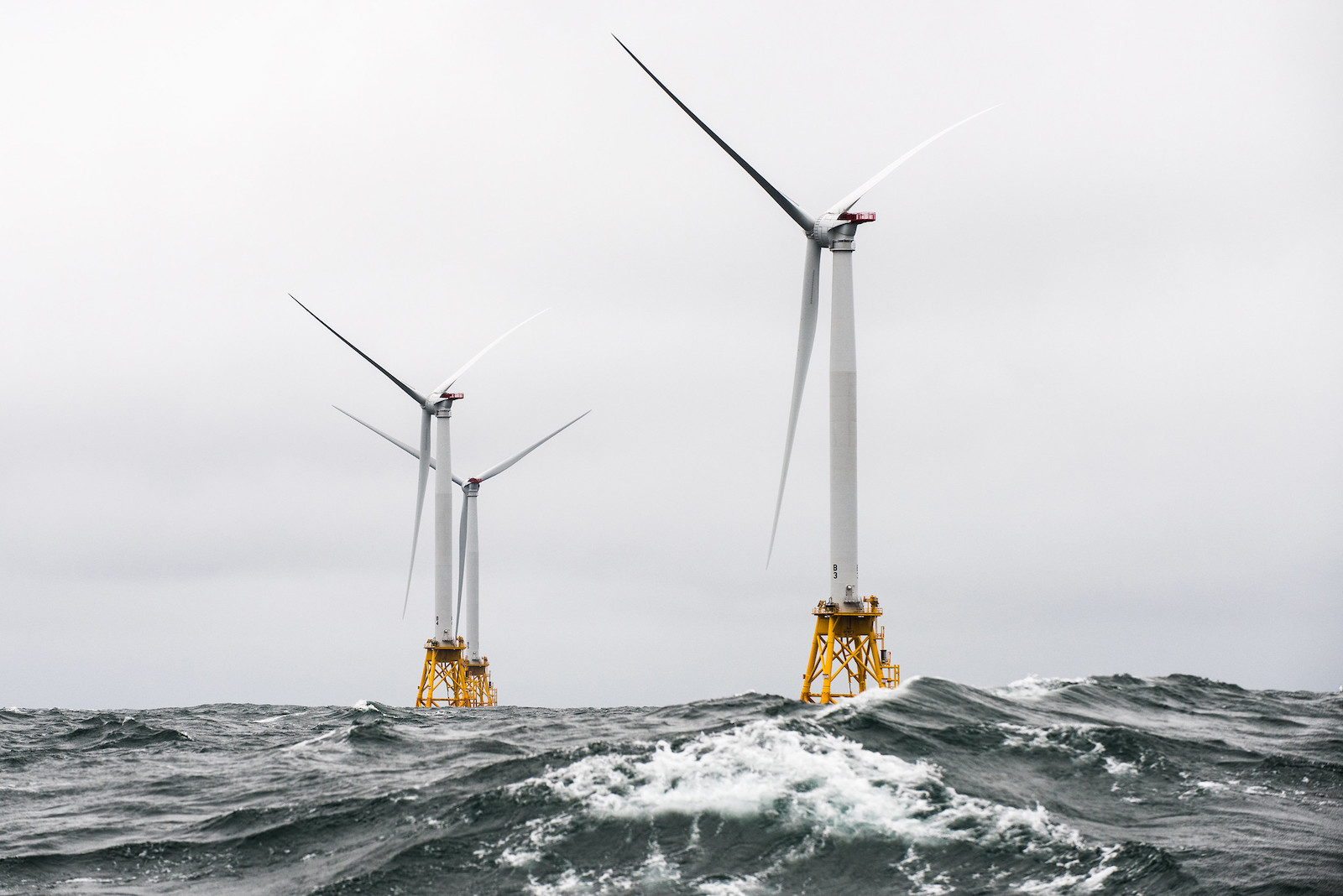This story was originally published by The Guardian and is reproduced here as part of the Climate Desk collaboration.
Windfarm installations are expected to double to record global levels this year, after a short-lived COVID-19 slowdown, according to the Global Wind Energy Council, or GWEC.
The group’s annual report found that the world’s offshore windfarm capacity grew by 6.1 gigawatts (GW) last year, down slightly from a record 6.24 GW in 2019, but would rebound to more than 12 GW in 2021 powered by an offshore wind boom in China.
China led the world in new installations for the third year in a row with more than 3 GW of offshore wind grid connected in 2020, and remains on track to surpass the UK as the world’s biggest offshore wind market by the end of the decade.
The world’s second largest economy connected more than 3 GW of offshore wind to its electricity grid last year, almost half the global total, while installations in smaller Asian countries such as Taiwan and Vietnam stalled due to COVID-19 delays.
GWEC has forecast a fresh record year for offshore wind growth in 2021 as China’s wind industry rushes to install 7.5 GW before the expiry of government subsidies at the end of this year.
The future of the industry’s growth is also expected to be powered by a record year for offshore wind financing, according to the report, after the $8 billion investment in the world’s biggest offshore windfarm off the United Kingdom’s Yorkshire coast.
The Dogger Bank offshore windfarm, to be built by SSE and Norwegian energy giant Equinor, will use the biggest turbines in the world to generate enough renewable electricity to power 4.5 million UK homes.
Ben Backwell, the chief executive of GWEC, said the offshore wind industry has continued “to break records, reduce prices, and innovate to new heights and depths” while generating socioeconomic benefits.
“But as the G20 recognized at its most recent summit, we are in a climate emergency and we can no longer be content with simply breaking records — the scale of growth we need to achieve for the future of our planet goes beyond anything we have seen before,” he added.
GWEC expects the offshore wind industry to deliver 235 GW of new capacity over the next decade under current government policies, more than seven times the existing global offshore wind total, but warned that the pace of growth will need to accelerate to meet global climate targets.
The report has called for “a step-change in political action” in order to streamline planning and permitting regimes and reduce red tape.
Under an analysis undertaken by the International Energy Agency and the International Renewable Energy Agency, the world may need up to 2,000 GW of offshore wind by 2050 to have a chance of keeping global temperature from rising above 1.5 degrees Celsius of pre-industrial levels, which is crucial to avert catastrophic levels of global heating.
“The offshore industry believes they can meet this challenge, but there is a clear target and policy gap that countries need to fill for the industry to deliver,” Backwell said.




